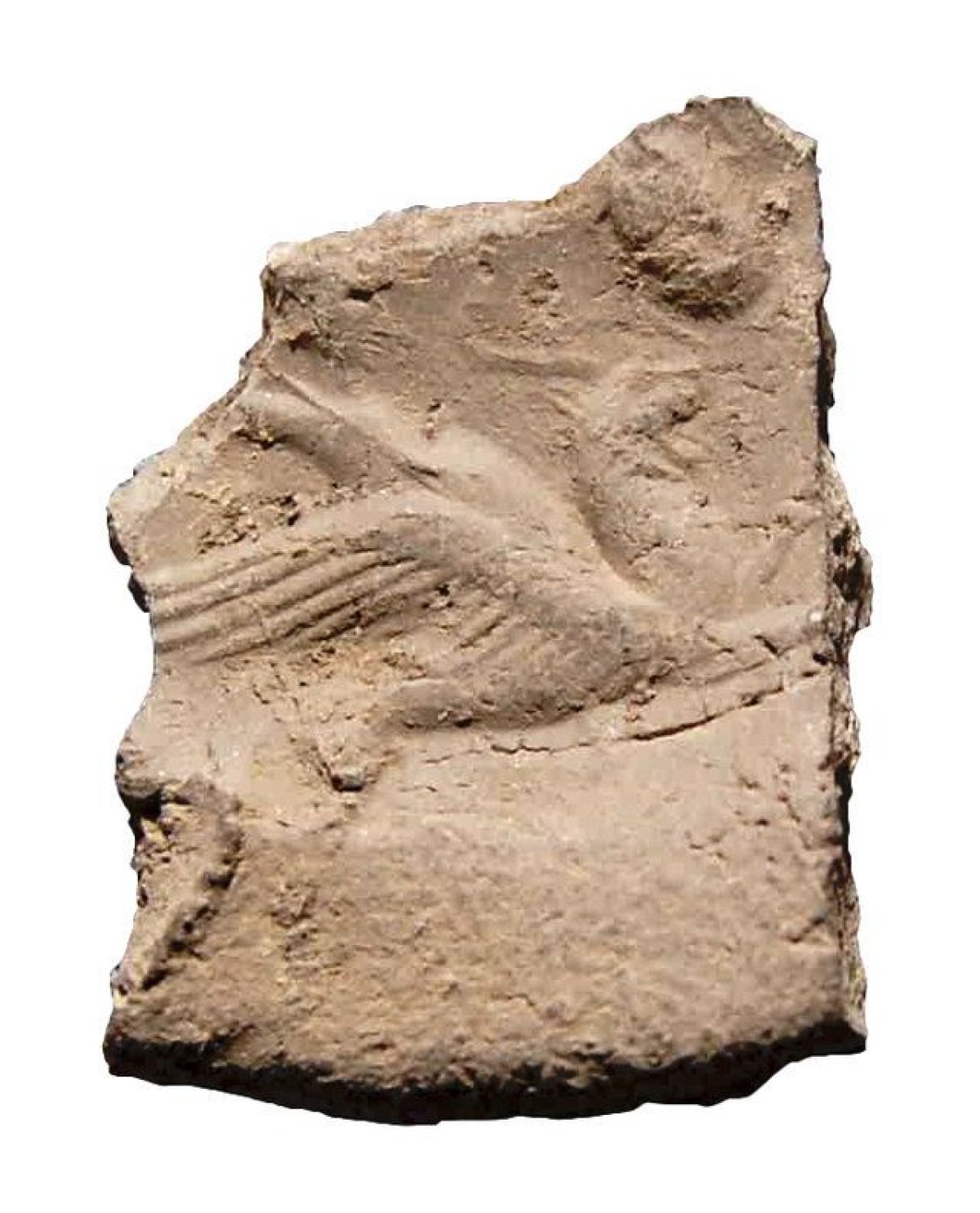
A trove of archaeological artifacts was recovered from an Iraqi excavation site just before the region was devastated by the 7.3-magnitude earthquake that struck on November 12. A team of Frankfurt-based archaeologists and university students made the last-minute discovery after the six-week excavation had already wrapped, Seeker reported.
The team was led by Dirk Wicke, a professor in the Department of Near Eastern Archeology of the Institute of Archaeology at Goethe University. They were already preparing to leave when one of his students, Lanah Haddad, discovered signs of artifacts buried behind a dirt wall.
"Lanah worked hard with the support of one to two students, and I decided to leave her trench alone and open for two more days—which was really worth it," Wicke told Seeker.
Excavating the wall revealed several clay weights and a large, rare Sasanian loom, dating to between the fourth and sixth century A.D. The find "caused a stir," according to a Goethe University statement, and suggests that a large-scale textile production was once based at the site. Wicke continued to analyze the other artifacts, which he now believes to be seals from rolls of fabric.

"Once carefully dry-cleaned in the dig house, you start to twist the find beneath strong light from all sides in order to identify the images," Wicke told Seeker. "In this case, they were beautiful Sasanian griffins and horses."
More than 16 feet deeper into the dirt from where the loom was recovered, the team found an even older Assyrian seal, going back to between the ninth and seventh centuries B.C. Rather than griffins, this seal displays a pair of winged genies, a frequent motif in Assyrian art. They're arranged on either side of a sacred tree that Wicke explained represented purification, also a popular subject for Assyrian art from that time. He went on to tell Seeker that the seal's purpose was administrative; in other words, it served the function of an official signature, much as we employ them today.
"It is difficult to pinpoint an exact meaning to it, but this image was very often depicted in the royal palaces and appears to act as a beneficiary motif used to magically protect the king and inhabitants of the palace or palaces," Wicke told Seeker.
The earthquake that struck Iran and Iraq on November 12 killed at least 452 people, making it the deadliest quake of 2017. CNN reported that it was felt as far away as Turkey and Pakistan.
Uncommon Knowledge
Newsweek is committed to challenging conventional wisdom and finding connections in the search for common ground.
Newsweek is committed to challenging conventional wisdom and finding connections in the search for common ground.
About the writer
Kastalia Medrano is a Manhattan-based journalist whose writing has appeared at outlets like Pacific Standard, VICE, National Geographic, the Paris Review Daily, ... Read more
To read how Newsweek uses AI as a newsroom tool, Click here.








